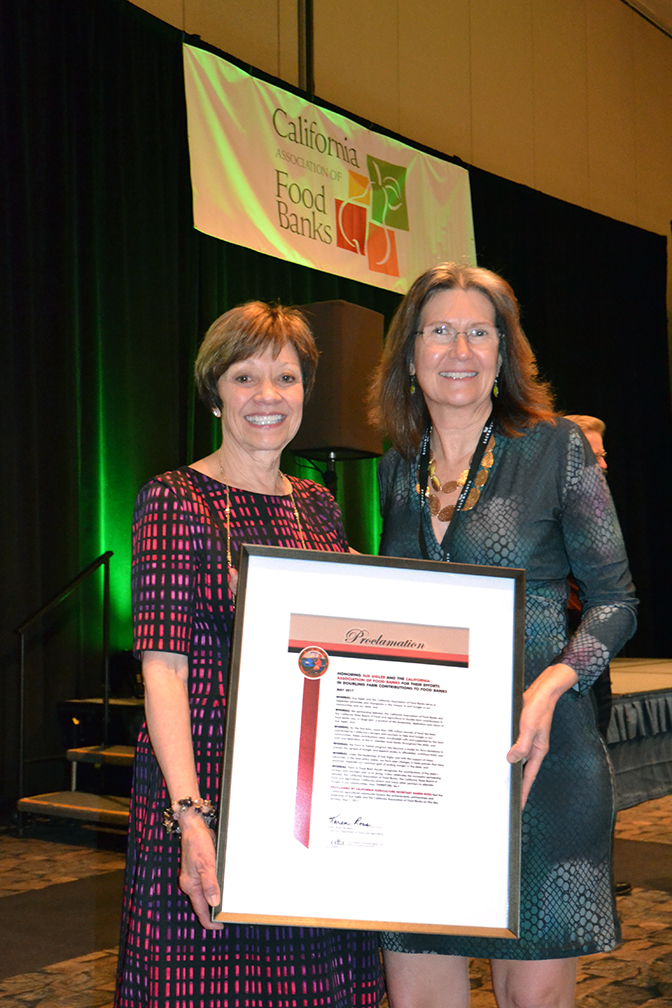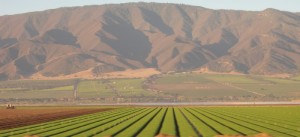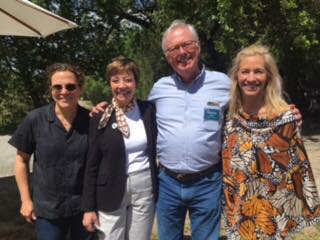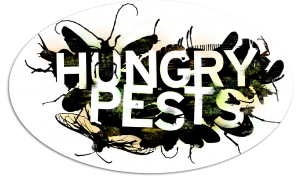The California Department of Food and Agriculture works to maintain organic integrity in California by enforcing regulations of the The National Organic Program (NOP). Last year, at the request of the organic industry, CDFA embarked on a pilot project to determine if genetically modified organisms (GMOs) were present in organic products. So far, the pilot project has involved 23 blind laboratory tests of various seeded commodities for the presence of GMO material. Testing will continue into next year.
At a meeting today of the California Organic Products Advisory Committee (COPAC), CDFA staff provided a progress report on the pilot project. Seven of the 23 samples sent to laboratories contained some level of GMOs in animal feed products – alfalfa, soy, corn and cottonseed. Two animal feed samples were 100 percent GMO.
NOP regulations prohibit the use of GMOs in organic production and handling. However, NOP regulations also state, “If all aspects of the organic production or handling process were followed correctly, then the presence of a detectable residue from a genetically modified organism alone does not constitute a violation of this regulation.”
Going forward, CDFA will utilize a sampling process that is no longer blind. In a motion at today’s meeting, COPAC voted in favor of this step and reaffirmed its commitment to identifying and removing GMOs from the organic system. Any further positive GMO test results of certified organic products will result in notification to certifying agents for further investigation and appropriate action. Organic certifiers will be responsible for working with organic producers to identify the source of the GMOs and to implement improvements to avoid contact with GMOs in the future. CDFA will work in collaboration with certifiers and COPAC on identifying steps for future surveillance and enforcement actions to preserve the integrity of organic products.
CDFA has sent a letter to the organic industry to bring it up to date on the project.











